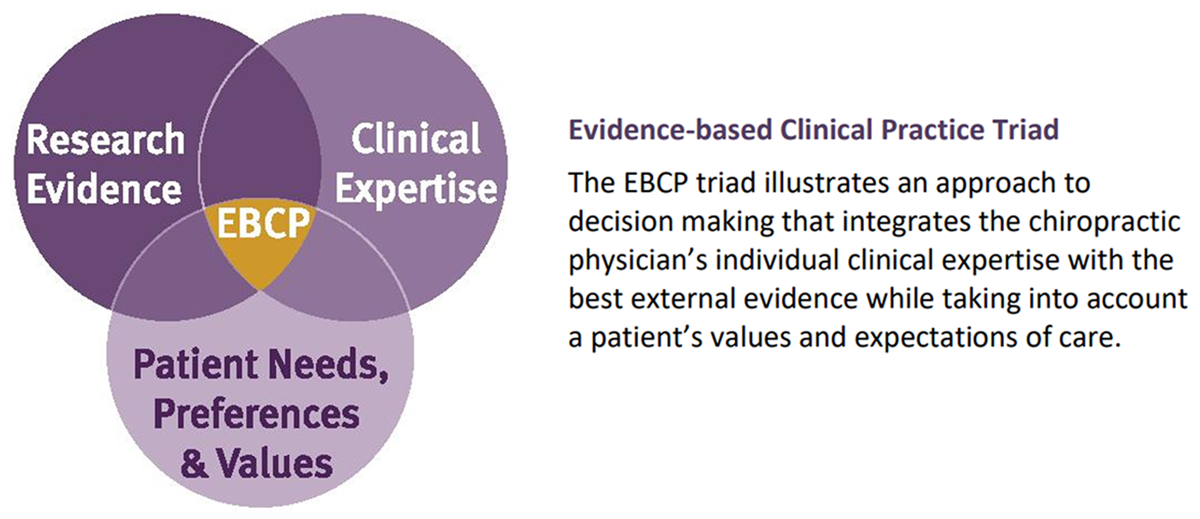The Origin, and Application of Somatosensory Evoked Potentials as a Neurophysiological Technique to Investigate Neuroplasticity
SOURCE: J Can Chiropr Assoc. 2014 (Jun); 58 (2): 170–183 ~ FULL TEXT
Steven R. Passmore, DC, PhD, Bernadette Murphy, DC, PhD,
and Timothy D. Lee, PhD
McMaster University
University of Ontario,
Institute of Technology
Somatosensory evoked potentionals (SEPs) can be used to elucidate differences in cortical activity associated with a spinal manipulation (SM) intervention. The purpose of this narrative review is to overview the origin and application of SEPs, a neurophysiological technique to investigate neuroplasticity. Summaries of:
1) parameters for SEP generation and waveform recording;
2) SEP peak nomenclature, interpretation and generators;
3) peaks pertaining to tactile information processing (relevant to both chiropractic and other manual therapies);
4) utilization and application of SEPs;
5) SEPs concurrent with an experimental task and at baseline/control/pretest;
6) SEPs pain studies; and
7) SEPs design (pre/post) and neural reorganization/neuroplasticity; and
8) SEPs and future chiropractic research are all reviewed.
Understanding what SEPs are, and their application allows chiropractors, educators, and other manual therapists interested in SM to understand the context, and importance of research findings from SM studies that involve SEPs.
KEYWORDS: chiropractic; manipulation; neuroplasticity; somatosensory evoked potential
From the FULL TEXT Article:
Introduction
Evoking and recording somatosensory evoked potentials (SEPs) is appearing in scientific literature that pertains to spinal manipulation (SM). There is evidence to support that SEPs are a neurophysiological technique capable of elucidating differences in cortical activity associated with an SM intervention. [1, 2] Haavik and Murphy [3] hypothesized that appropriate spinal movement normalizes afferent input and restores sensorimotor function and integration by filtering and processing appropriate somatosensory input. The purpose of this manuscript is to provide an overview of the origin, and application of somatosensory evoked potentials as a neurophysiological technique to investigate neuroplasticity. Neuroplasticity is defined as how one’s central nervous system adapts to their ever-changing environment. Neuroplastic changes can be subjectively positive for the individual (adaptive) such as learning, or they can be subjectively negative (maladaptive) such as pain. [3] Understanding what the SEPs technique is, and how it has been applied will allow chiropractors, manual therapists and educators with an interest in SM to better understand the context, and importance of research findings from SM studies that involve SEPs as an outcome measure.
Read the rest of this Full Text article now!






Leave A Comment